Quang Nam More than 15 households in Binh Hai commune, Thang Binh district fish for a living. When someone drowns, they fish for free to search for the body.
On the last day of May, Mr. Ho Van Chuong, 67 years old, residing in An Tran village, Binh Hai commune, brought 10 fishing rods out for repair. Each hook was sharpened and neatly put into the bamboo rod.
Fishing line, also known as fishing king, is where the hook is dropped into the water without bait. The hook is made of curved stainless steel and does not rust when soaked in seawater. The fishing line is placed in a bamboo tube and securely fastened, called a fishing brace.
Each fishing line is 45 m long, with a hook tied every 25 cm. The buoy is attached to the long line, and when dropped, it will float 20-30 cm above the seabed. When the fish swim past an obstacle, they will turn their heads or wiggle their tails and get caught on the hook. This profession mainly catches stingrays.
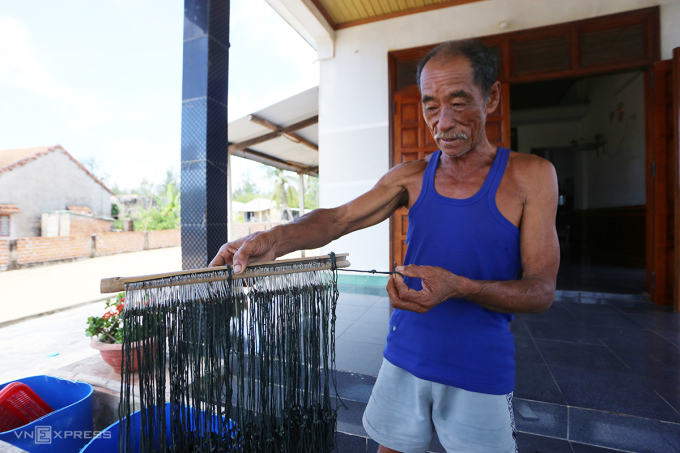
Mr. Ho Van Chuong has been fishing for nearly 40 years. Photo: Dac Thanh
The profession of fishing for kieu fish was introduced to An Tran village in the mid-80s of the last century. The whole village has more than 45 households practicing the profession, becoming a famous fishing village without bait in Quang Nam. "This profession helps fishermen build houses and send their children to school," said Mr. Chuong.
In particular, the fishing village has also helped many families whose members have drowned. In nearly 40 years of fishing, Mr. Chuong has three times fished for people drowning at sea. The victims were relatives and even strangers. They died while fishing near the shore.
He brought each fishing line to determine the location and time of the body sinking, guessed the tide, and then dropped the line. One end of the fishing line was fixed on the shore, then he and other fishermen rowed to the area where the victim was. Each 45-meter-long fishing line was attached with 110 hooks and dropped them down to form a long line close to the seabed.
The pulling process must be slow, otherwise the hook will get stuck in the clothes when encountering a body. If a drowning victim has just died and is still submerged at the bottom and has not drifted far, most of the time, a fishing line can be used to retrieve the body. If the victim has been drowning for more than 3 days, the body will float up, and a fishing line will rarely catch them, Mr. Chuong said.
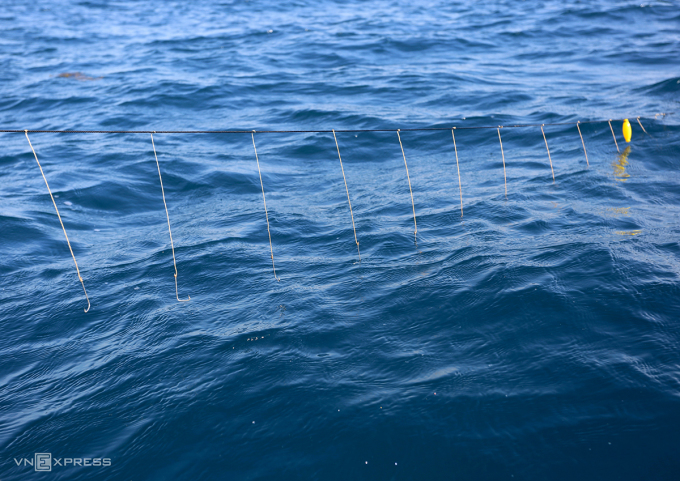
A fishing line is dropped into the sea by fishermen to catch fish. Photo: Dac Thanh
When the body was discovered, the owner of the hook informed his relatives but did not touch it. The hook was discarded after being used to retrieve the body. Mr. Chuong did not ask for anything after paying for the hook. "Not just me, but all the villagers. We help to share the pain with the victim's family," he said, adding that each time he retrieved a body, he threw away about four fishing lines. Each fishing line was worth 160,000 VND.
200 meters from Mr. Chuong's house, Mr. Tran Van Binh has been fishing for more than 35 years and also making hooks. This job has helped him send his two children to college and helped many people find bodies after drowning.
Relatives of many victims still come to his house to ask for help in recovering their bodies. He gives them fishing rods and shows them how to use them without taking any money. Some families who found their bodies later came to thank them. "They gave me some money but I didn't accept it. In their time of need, I'm willing to help them in any way I can, I don't ask for anything," said the 63-year-old fisherman.
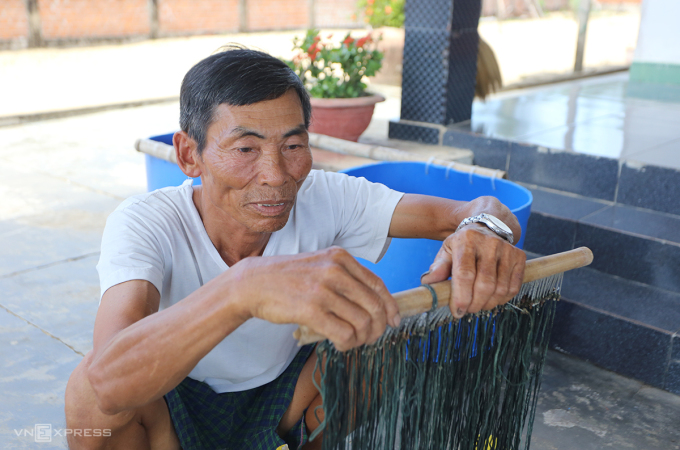
Mr. Binh lent the bridge to many people to use to search for drowning people. Photo: Dac Thanh
According to Mr. Tran Van Nam, Secretary of An Tran village, the village used to have 45 households practicing the profession, but now there are more than 15 households maintaining kieu fishing. Whenever there is a drowning incident in Quang Nam, the authorities and border guards mobilize fishermen to help.
"Drop fishing lines to retrieve bodies is very effective, especially in recent accidents. Fishermen spend effort and money hoping to find the body to share the pain with the victim's family," said Mr. Tran.
Source link


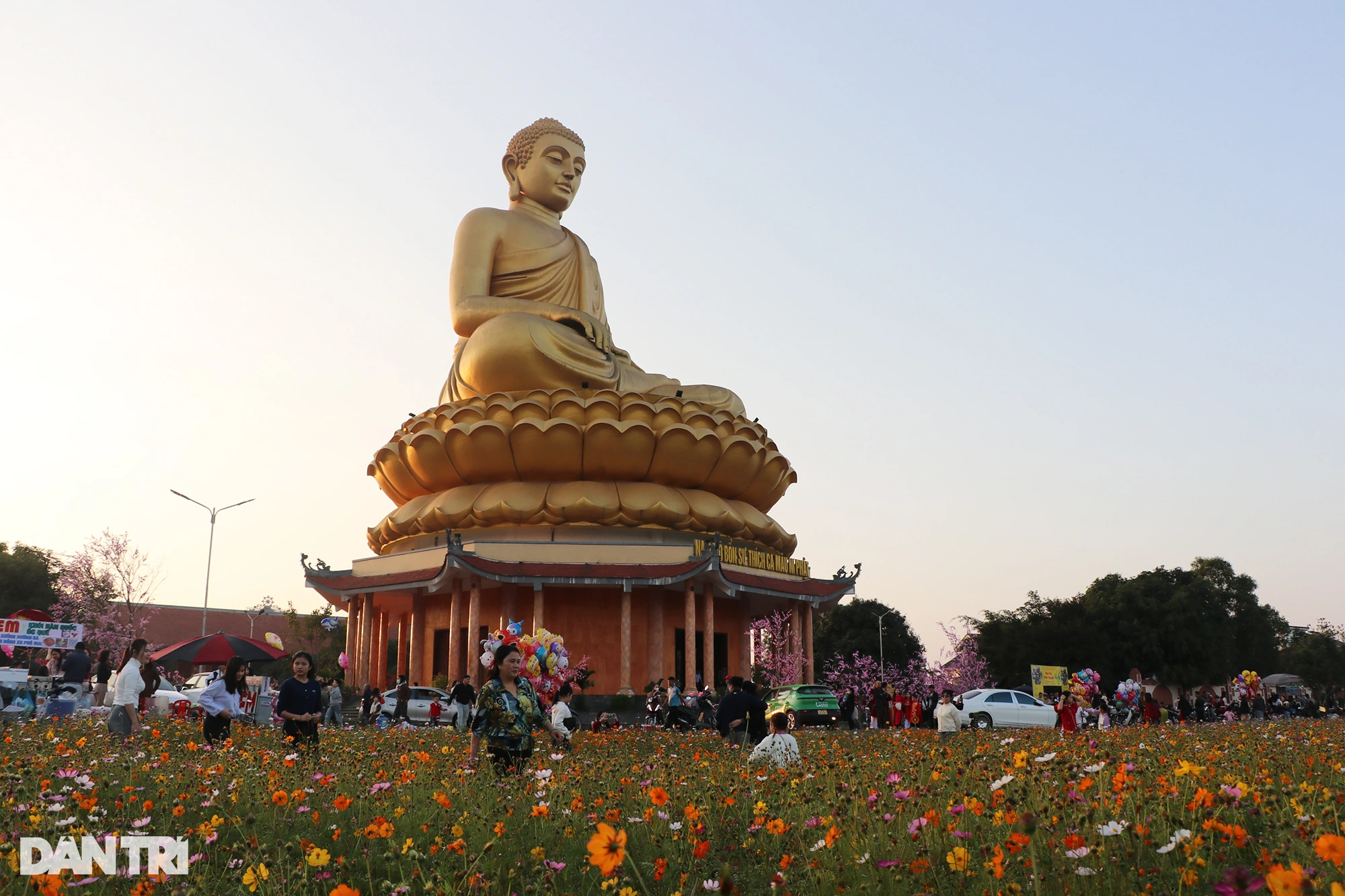





















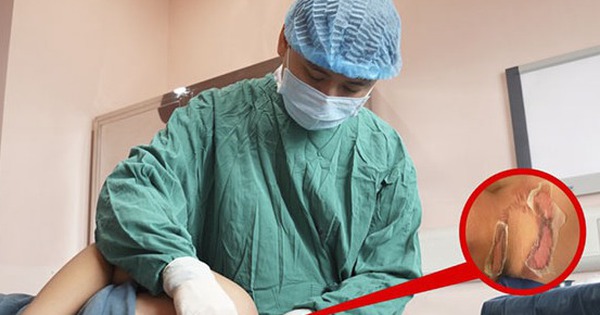

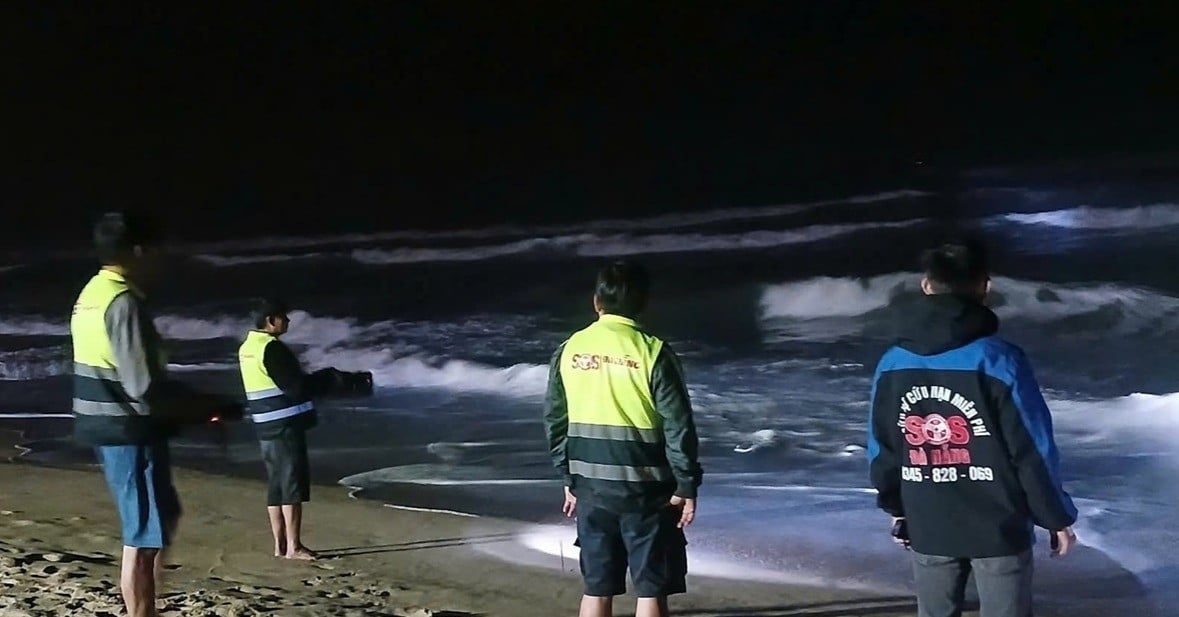

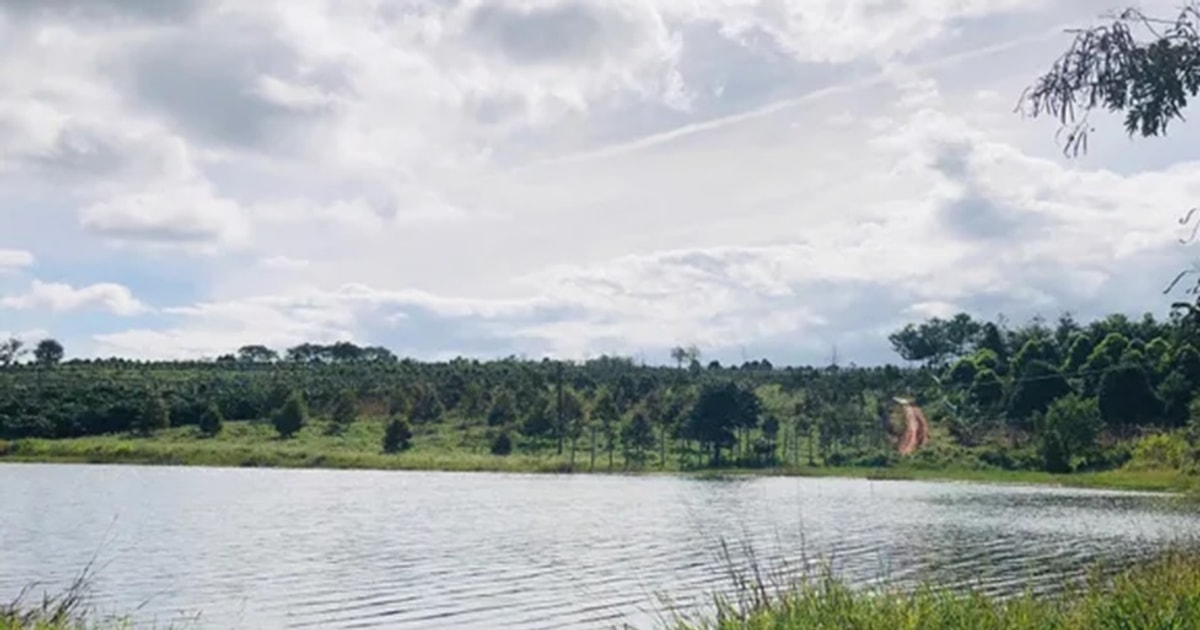
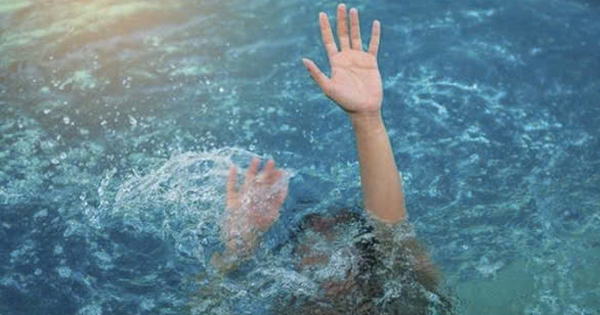

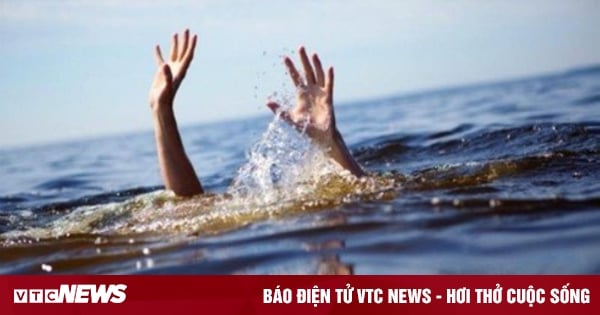






























Comment (0)